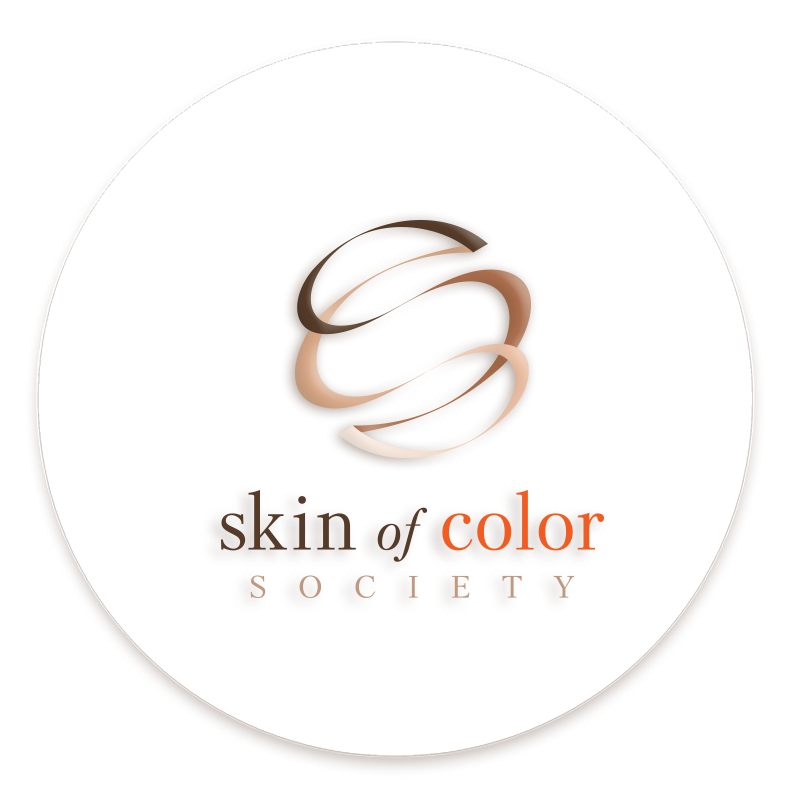Keloids
Gary J. Brauner, MD
What is the cause of keloids?
Keloids are scars that continue to heal and grow beyond the time and size of normal wound healing. They occur rarely in Caucasians and are more prevalent in those of South Asian ancestry and especially African sub-Saharan ancestry. The tendency of keloids to form in those of African descent is so pronounced that a number of African cultures incorporated scarification (deliberate scarring) patterns as tribal or religious rights of passage, such as the onset of puberty.
The precipitating injury of keloids can be as minor as an insect bite or acne pimple, or even as extensive as surgical wounds or ear-piercings.
How do I know if I have a keloid?
A keloidal scar is a thick, dense, hard lump ranging from the size of a small sesame seed to that of a grapefruit. What all keloids have in common is that they expand well beyond the area of the original injury or inflammation.
What are the best treatments for keloids?
Treatment of keloids can be very difficult since they commonly recur—sometimes even larger in size than prior to removal.
It is first essential to limit development of future keloids by treating any potential underlying skin diseases (e.g., acne).
Dermatologists commonly treat keloids with serial steroid injections directly into the lesion. Many times a compound called 5-fluorouracil is also injected to help decrease the size and symptoms of the keloid. Removal of a keloid may be performed with a variety of procedures ranging from surgical excision to laser excision. Other treatments include topical medications (e.g., steroids, imiquimod, retinoids, anti-inflammatory agents), medicated tape, silicone gel sheeting, compression (e.g., pressure earrings), chemotherapy injections, and cryotherapy (freezing). Localized radiation treatments may also be used to prevent recurrence. In all instances, frequent and careful follow-up with a dermatologist is essential.
References
- Madu, P. and R.V. Kundu, Follicular and scarring disorders in skin of color: presentation and management. Am J Clin Dermatol, 2014. 15(4): p. 307-21.
- Shih, B. and A. Bayat, Genetics of keloid scarring. Arch Dermatol Res, 2010. 302(5): p. 319-39.
- Shockman, S., K.V. Paghdal, and G. Cohen, Medical and surgical management of keloids: a review. J Drugs Dermatol, 2010. 9(10): p. 1249-57.





